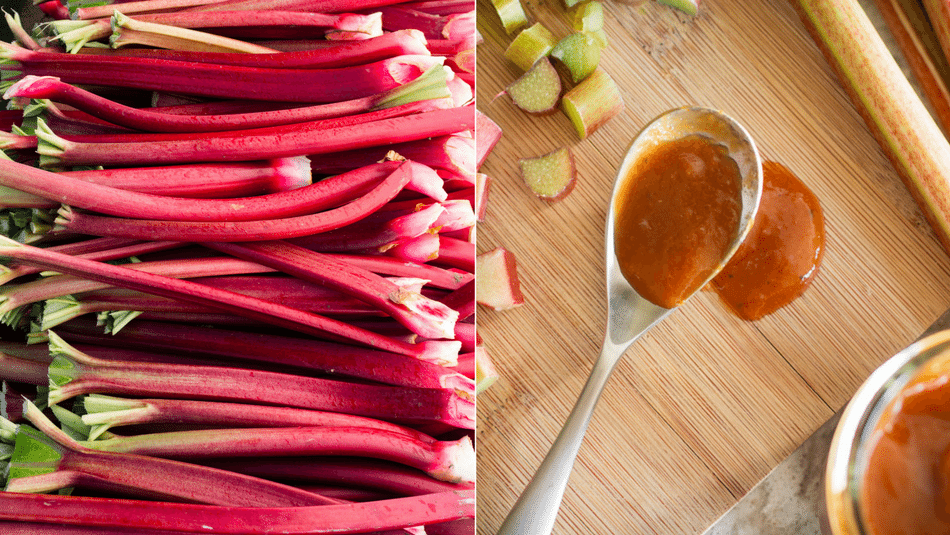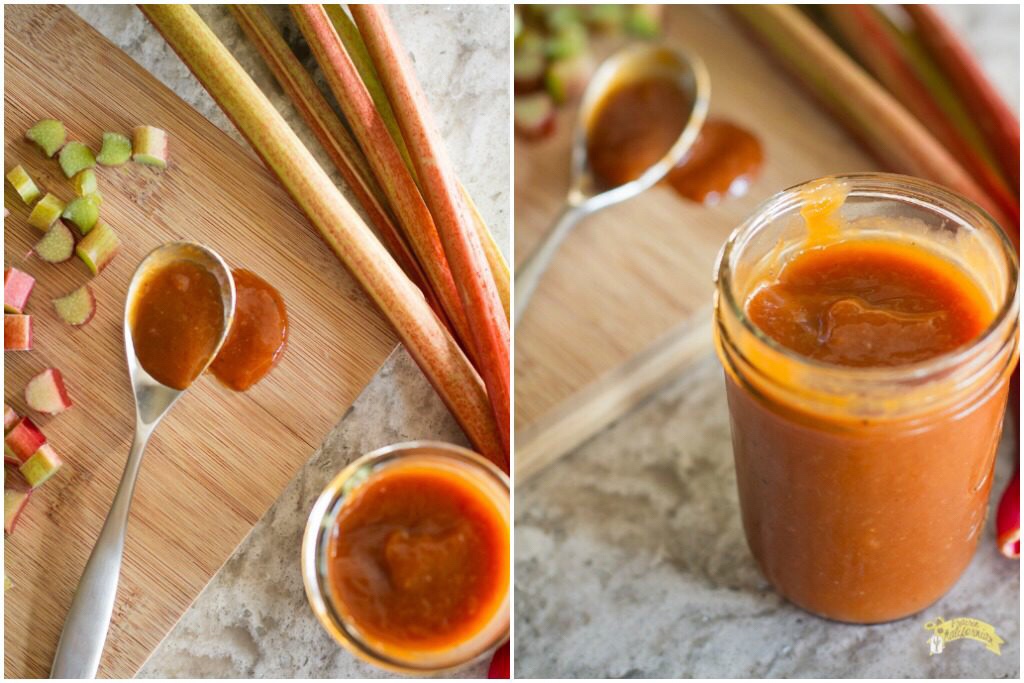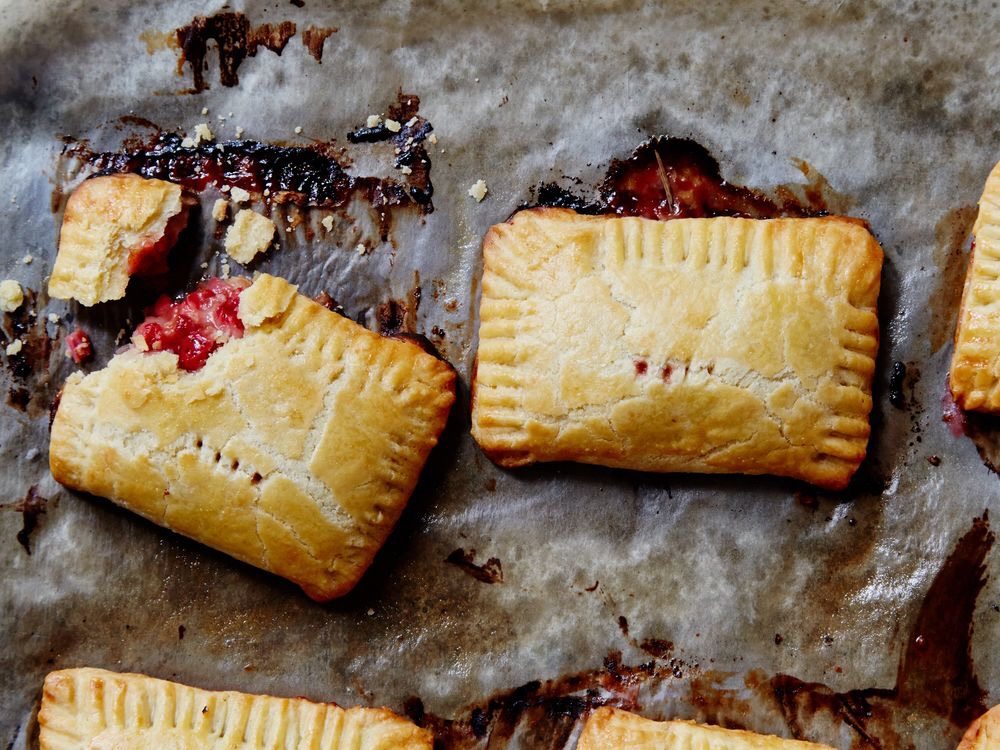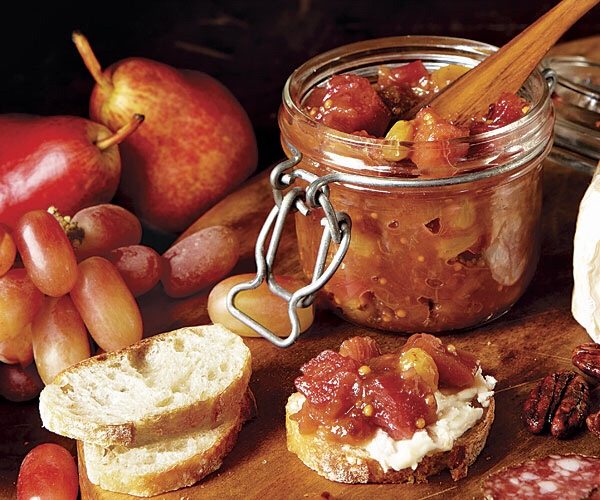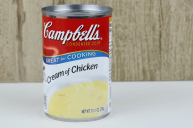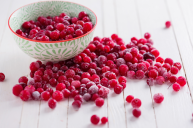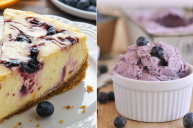Eating seasonally is so important if you want to get the best flavor out of produce from the farmer's market, garden or grocery store. One vegetable that is making a comeback this spring is rhubarb (yes, rhubarb is technically a vegetable!). Fresh rhubarb looks a lot like celery and has a naturally tart flavor. If you're a brave soul and have eaten raw, fresh rhubarb, I'm sure it made you pucker up!
Videos by Wide Open Country
Raw rhubarb is not the tastiest vegetable to eat, so it's commonly cooked down in a recipe with a good amount of sugar. You might've tasted rhubarb in a sweet dessert tart or pie like strawberry rhubarb pie or just plain rhubarb pie.
Rhubarb stalks are super easy to grow in the United States, but keep in mind that they're cool weather plants and prefer to stay out of the dry summertime heat. Rhubarb does best in well-drained, fertile soil free from weeds in a spot where there is a lot of sun.
Now that we're heading towards rhubarb season, let's go over some basics about this plant. Fresh rhubarb has a short season and is commonly found late March until June, so it's best to use it during that time period. Harvest rhubarb when the rhubarb stalks are firm and about 10 inches or longer.
Since rhubarb season comes and goes quickly, you can always stock up on a bunch of rhubarb stalks and freeze them. Just keep in mind that they might be a little mushy once thawed, but no need to worry since you'll be cooking the rhubarb stalks. So, when you're craving rhubarb during the winter, you'll have a happy reminder of the warm spring season right in your freezer!
Rhubarb can be sold with or without green leaves, but keep in mind that those green leaves are toxic, so do not eat them and definitely keep them far away from kids and animals. The rhubarb leaves contain a high amount of a poisonous substance called oxalic acid, which is harmful if ingested. You can throw them away or put them in your compost.
When shopping for rhubarb, look for stalks that are firm and free from blemishes. If you're not using rhubarb right away, store it in the refrigerator for up to a week.
Rhubarb stalks come in different colors-bright red, pink or pale green. Color doesn't have to do with the flavor rhubarb. If you have red stalks, that doesn't mean it's going to be sweeter than the green rhubarb stalk. Rhubarb comes in many varieties and all colors have that same tart, delicious flavor!
Rhubarb is a good source of minerals, vitamin c, vitamin k, dietary fiber and is all around nutritious. It has many health benefits like promoting weight loss, improving digestion, preventing Alzheimer's disease and cancer. Doesn't that make you want to include rhubarb stalks in your cooking?! Check out these rhubarb recipes so you can get started.
1. Rhubarb BBQ Sauce
This BBQ sauce gives you the best of both worlds-sweet and tart flavors. Rhubarb is the perfect ingredient to add to a barbecue rhubarb sauce because it balances out all the sweetness from the ketchup, brown sugar and corn syrup. Here's the recipe.
2. Strawberry Rhubarb Hand Pies
If you're a fan of strawberry rhubarb pie, you'll love these hand pies that are the perfect snack on the go! Here's the recipe.
3. Rhubarb Chutney
Bring out the natural tart flavor of cooked rhubarb stalks with the chutney recipe. Use the rhubarb recipe to go alongside a pork roast, fish, even on a cheese board. Here's the recipe.
